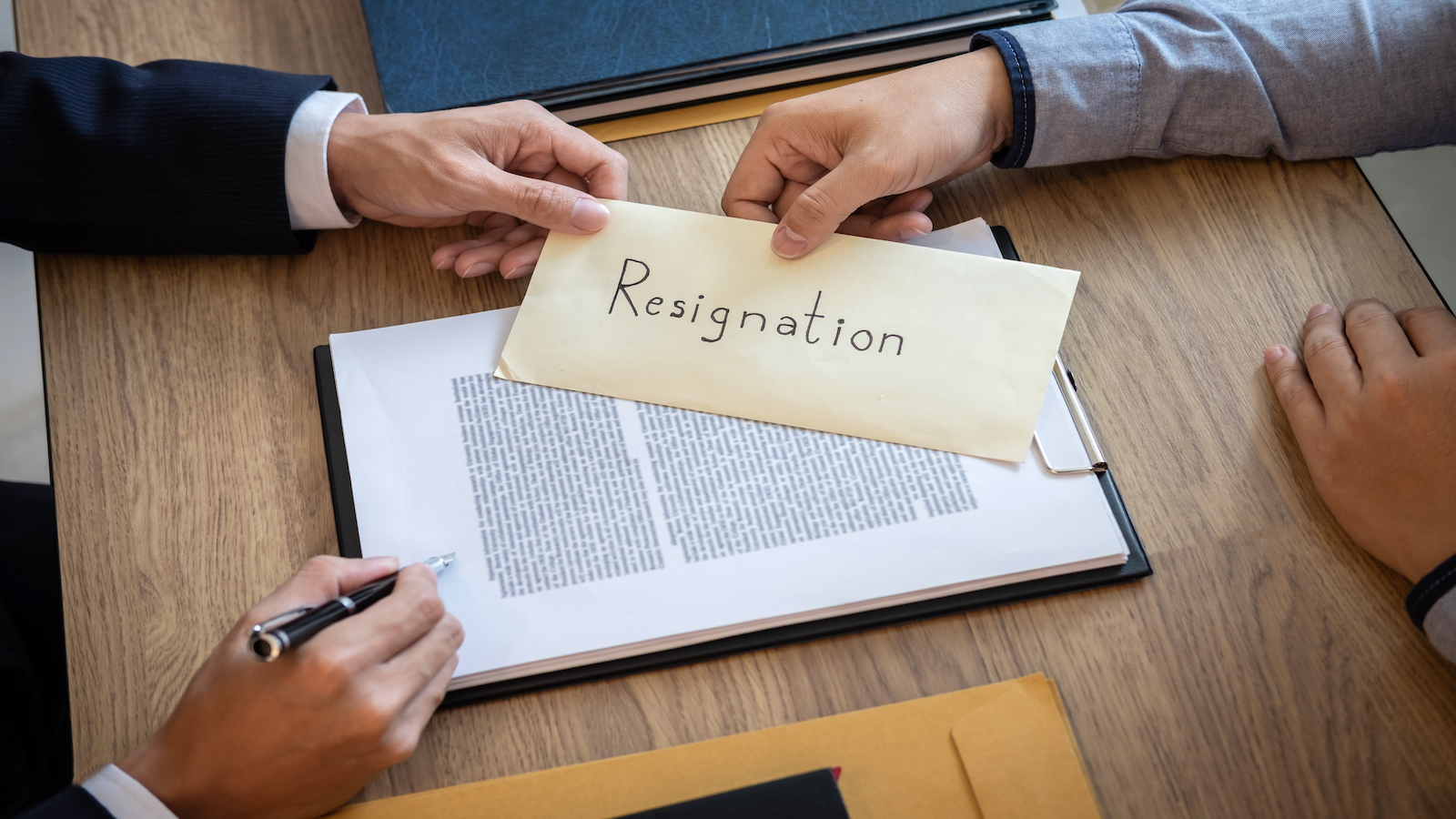In the realm of career progression, there comes a time when you need to bid adieu to your current employment and embark on a new professional journey. This pivotal moment is often marked by the composition of a resignation letter. A well-crafted resignation letter not only reflects your professionalism but also leaves a positive impression on your soon-to-be former employer. In this comprehensive guide, we, as experts in the field, will guide you through the art of writing a resignation letter that not only communicates your decision effectively but also helps you maintain a positive rapport with your soon-to-be-ex colleagues and employer.
Understanding the Purpose
Your resignation letter serves as a formal declaration of your intent to leave the company. It’s essential to understand its purpose before delving into the writing process. Primarily, a resignation letter should:
1. Express Your Gratitude
Begin your resignation letter by expressing your gratitude towards the company and your colleagues. This is not only a courteous gesture but also sets a positive tone for the entire letter.
2. State Your Decision Clearly
In the next part, state your decision to resign from your current position. Be concise and direct in conveying your message. Avoid ambiguity to ensure there’s no room for misinterpretation.
3. Mention Your Last Working Day
Specify the date of your last working day. This provides your employer with a clear timeline for finding a replacement or redistributing your responsibilities.
4. Offer to Assist in the Transition
Show your commitment to a smooth transition by offering assistance during the notice period. This willingness to help can leave a lasting positive impression.
5. Maintain a Professional Tone
Throughout the letter, maintain a professional and positive tone. Avoid negative comments or criticisms of the company, colleagues, or management.
Structuring Your Resignation Letter
Now that you understand the purpose, let’s structure your resignation letter effectively.
1. Header Information
- Your Name: Ensure your full name is prominently displayed at the top of the letter.
- Date: Include the date when you’re writing the letter.
- Recipient’s Name: Address your letter to your immediate supervisor or HR manager.
- Company Name and Address: Include the company’s name and address beneath the recipient’s information.
2. Salutation
Begin with a polite salutation, such as “Dear [Recipient’s Name],” to maintain a professional tone.
3. Opening Paragraph
Express your gratitude for the opportunities and experiences you’ve had at the company. Keep this section positive and appreciative.
4. Main Body
- Announce Your Resignation: In the first sentence of the main body, clearly state your decision to resign.
- Specify Your Last Working Day: Provide the exact date when your resignation will take effect.
- Offer Assistance: Express your willingness to assist with the transition process.
- Additional Details (Optional): If you have specific reasons for resigning or additional feedback, you can include them here. However, keep it brief and professional.
5. Closing Paragraph
Conclude your letter on a positive note. Express your best wishes for the company’s future success.
6. Complimentary Close
Use a formal closing, such as “Sincerely” or “Best regards,” followed by your full name.
Sample Resignation Letter
[Your Name]
[Date]
[Recipient’s Name]
[Company Name and Address]
Dear [Recipient’s Name],
I am writing to formally announce my resignation from my position at [Company Name], with my last working day being [Last Working Day]. I have deeply appreciated the opportunities and experiences I’ve had during my tenure here.
I am committed to ensuring a smooth transition and am willing to assist in any way possible during this notice period. I believe this will help maintain the high standards and efficiency that [Company Name] is known for.
I want to express my gratitude to you and the entire team for your support and guidance throughout my time here. I am confident that this decision is the right one for my professional growth, and I leave with nothing but respect and admiration for [Company Name].
Please feel free to reach out to me at [Your Email Address] if you need any further information or assistance. I wish [Company Name] continued success in the future.
Sincerely,
[Your Name]
Conclusion
Crafting a resignation letter is an important skill in any professional’s toolkit. When done correctly, it showcases your professionalism and leaves a positive impression. Remember to keep it concise, positive, and professional throughout. By following this guide, you’ll not only communicate your intent effectively but also maintain your reputation as a courteous and professional employee.




[…] the perfect resignation letter is not just a formality; it’s a testament to your professionalism and appreciation for your […]